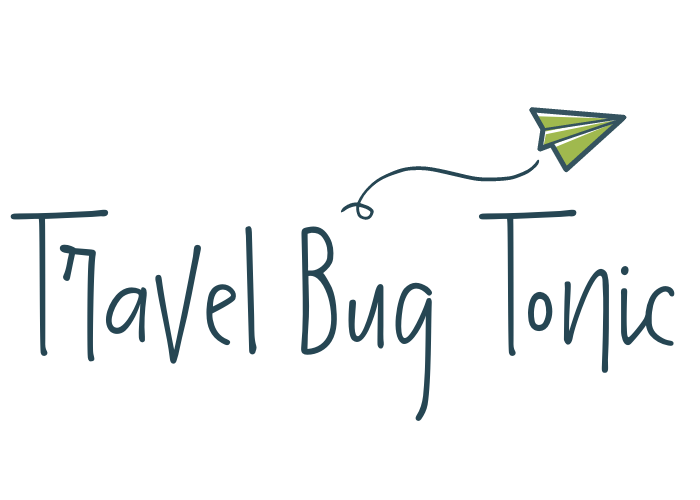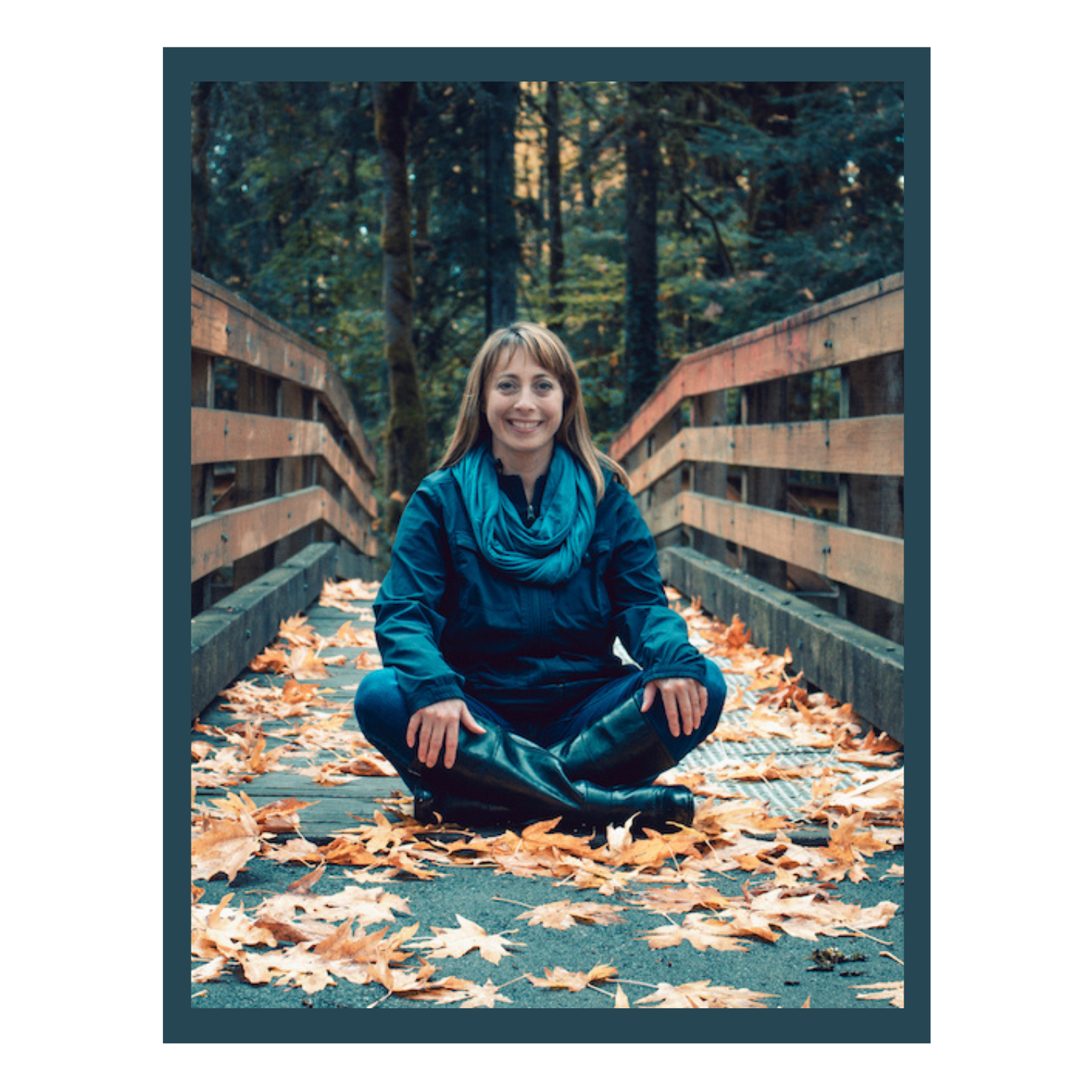A fresh perspective to change up routines - walk it, drift it, bike it
I stood very still, feeling the warm sun and gentle breeze on my skin, hearing the special silence of the wilderness, and marveling at how much beauty surrounded me. I’d been here before but it felt different. I had shifted my purpose, altered my approach, and attempted to see my regular world with a fresh perspective.
Not always an easy task!
Travelling introduces novelty and a new look at the world in an easy way. Step off a plane in a foreign city and your senses may be overcome. Even just anticipating a trip triggers a release of dopamine, the neurotransmitter that influences the brain's reward and pleasure center.
While my travel plans are ramping up over the next 6 months with some anticipation dopamine hits to look forward to, I’m currently looking for adventure within a 3 hour driving radius.There are many reasons why significant travel might not be in the cards right now: work schedules, kids in spring/summer sports, feeling hard hit in the pocket book, or maybe having a new pandemic puppy to care for!
I asked a friend who also likes to travel how she was feeling about her inability to travel as frequently as she liked. She said that especially after 2 years of the pandemic,
“There is a lack of variety at home. We yearn for the change in culture, change in climate, change in architecture, etc. Even making the most of our beautiful area can be limited. While we constantly take advantage and appreciate outdoor experiences and see so much raw beauty, there has become somewhat of a sameness to it.”
I like to spend a lot of time outdoors and enjoy walking and hiking. I, too, am fortunate to have many trails where I live…but let’s face it, I end up doing some of the same ones over and over. Where I once would exclaim with awe around each bend, it now feels less adventurous and more routine.
Brains get bored.
Studies have found that when an activity becomes routine or habitual, it causes us to feel less intense emotions. Even with activities or behaviours that were originally enjoyable, our bored brains don't easily see the extraordinary in the ordinary. And if there is one thing that drives me crazy, it's getting bored. Hedonic adaptation is a theory about how our brain gets used to things - even amazing things. Being exposed to something over time results in a drop in happiness, pleasure and awe (read more here).
I appreciated my friend’s honest observation and set myself a challenge to “ignite” the same-old, same-old with a fresh perspective. I hoped that I could gain some insight into the process of becoming un-bored.
Wendy Wood, a psychology professor in California, suggests changing things up to make the "same old, same old" activity fun and more compelling again.
What do you find fun?
How can you be more intentional about adding fun into routines to transform them into adventures?
Does it help to practice having a fresh perspective on a regular basis?
Design your own adventure
Over 30 days I followed my own advice and found new ways to do old things or to look at regular things with a fresh perspective. Here are a few of my crazy antics:
I visited the Vancouver International Airport but didn't go anywhere! It was actually an AMAZING afternoon of people watching. Read about my experience here.
I devoured MicroAdventures by Alastair Humphries and even went to an outdoors store to ask about a bivvy sack. The book also has a section on tree identification, learning birdsong, cloud spotting, and star gazing. I picked up some flora and fauna guides for my next camping trip.
The challenge made me think differently and order differently at restaurants.
I approached a couple of my hobbies (gardening and photography) with a fresh perspective and did them in different ways and in different places.
But there was one strategy that was such an eye-opener for me and a lot more exciting.
Here’s what I did.
Earlier this year I completed my first solo journey with a 4-day long-distance walk. It wasn’t too far from home, but it was somewhere I hadn’t been before. A journey of personal growth and a comfort zone challenge, I walked part of the Vancouver Island Trail (and Cowichan Valley Trail). You can read more about it here.
For this fresh perspective challenge, I decided to return to the area of my walk and attempt to experience the same location in a completely different way. The section of the trail near the end of my journey followed the Cowichan River. I am drawn to water - so knew that the river was going to factor into my plans.
Growing up spending many summers on a boat with my family, I developed an appreciation for the unique view of the world you get from a boat.
So - I hired a guide to take me down the river in a drift boat.
A drift boat is like an open-water dory but has been converted for use in rivers. It has a wide, flat bottom, flared sides, a narrow, flat bow and a pointed stern. Its shape allows the boat to spin and easily maneuver through rapids. The one I took was tin but we saw inflatable drift boats on the river, too. They are fitted with a leg brace at the bow and the stern allowing people to stand up to fish.
The drift
We launched the boat at the Lake Cowichan weir and headed into a small lock because the lake and the river have different water levels. It’s the only lock on Vancouver Island and was built in 1957 to regulate the flow of water from the lake to the river during the late spring to early fall. I leaned out and pulled a chime to alert the attendant to make the water magic happen. The short experience was reminiscent of the locks in the canals in the UK (but a lot less dramatic).
Drifting the river requires knowing the river well. Edd, our fabulous guide, spends about 60 days taking clients down the river. He knows its personality, how to maneuver through the rapids, where the big rocks and fallen trees rest, where the danger spots are and, of course, where to find the fish.
I was fly fishing but you wouldn’t have to fish. I would have also enjoyed my time with only a camera in hand.
We travelled a total of 7 km over 7 hours. The upper river winds through the town of Lake Cowichan and is slow and wide - a place where people swim, tube and paddleboard in the summer. Further along, you get a mixed bag of rushing, fast water, slow, deep pools, and back eddies. A large portion of the river is not accessible by car or path. You go deep into the wild!
Every once in a while I recognized places where the Vancouver Island trail crosses or follows the river. The 70 mile trestle, for example, was one of my favourite places on the final day of my walk. It was breathtaking when I stopped on the trestle and looked down into gin-clear river and its freestone rock bottom. It was equally and differently breathtaking as I floated underneath the trestle in the boat.
Approaching the 70 mile trestle.
Another difference was that on my walk, I found a meditative rhythm of walking. The slow pace was quiet, steady and felt intimate. On the path, I noticed the subtle changes in landscape, the trickle of a small waterfall and individual wildflowers poking up.
On the drift, unless we anchored, we seemed to move quickly. There wasn’t the same gift of time to notice the things that were close at hand. But the river isn’t covered with trees like the path and was open to the vast sweeping landscape which was awe-inspiring. We saw so many birds, an enormous eagle nest, and endless rolling forested hills that I missed while walking under the tree canopy. There was also an energy that came with being on the river. It is both powerful, relentlessly carving the clay banks, and gentle with softer water of varying shades of blue-green.
Going somewhere familiar with a new perspective made this special place even more special for me. I hope to return on a bike. I wonder what a different experience will be in store!
Do you have a place or routine you want to experience with a fresh perspective? Here are more ideas:
Bike it
Hike it
Run it
Sketch it
Go alone
Visit with someone who has never been before
Deeply learn more about the area - get a book on birds, trees, fungi, history
Go at different seasons - take photos to spot the subtle differences






